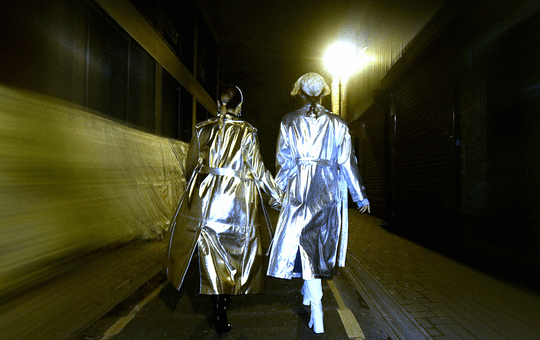Scientists have been scanning rappers' brains to learn about creativity
A new report titled Neural Correlates of Lyrical Improvisation: An fMRI Study of Freestyle Rap from the US National Institute on Deafness and Other Communication Disorders in Maryland has put rappers through MRI scans in the name of science, in an attempt to discover the different happenings in the brain behind improvised and prepared performances.
The report’s findings, published yesterday in Scientific Reports, confirm what was instinctively known all along – that is, when rappers are spitting verses spontaneously, they’re using a completely different part of their brain to the part used for reciting memorised lyrics. Not only that, but the act of freestyling actually halts activity in other sections of the brain, so that the neural regions that are not being used for forming verse are actually less active as a performer improvises.
These findings can be generalised to shed light on the creative process in general, indicating that creativity happens in two distinct stages. In the words of the report:
“In this study, we used fMRI to investigate the neural correlates of spontaneous lyrical improvisation by comparing spontaneous freestyle rap to conventional rehearsed performance. Our results reveal characteristic patterns of activity associated with this novel form of lyrical improvisation, and may also provide more general insights into the creative process itself. It has been suggested that the creative behaviors could occur in two stages: an improvisatory phase characterized by generation of novel material and a phase in which this material is re-evaluated and revised. The present study may provide clues to the mechanisms that underlie the initial, improvisatory phase. Our results suggest a model in which an elementary reorganization of brain activity facilitates improvisation and may generalize to other forms of spontaneous creative behavior.”
Learn more about this story at Scientific American, or read the report itself here.













